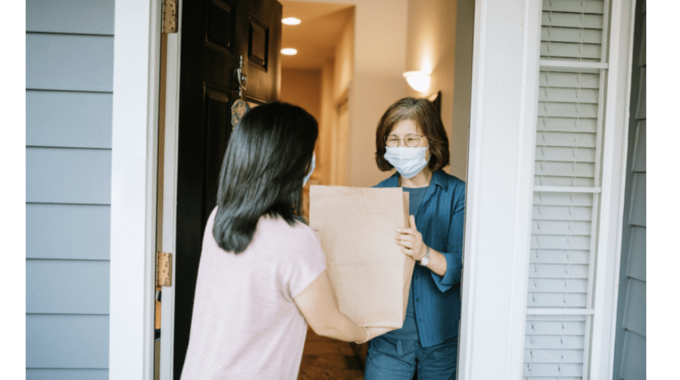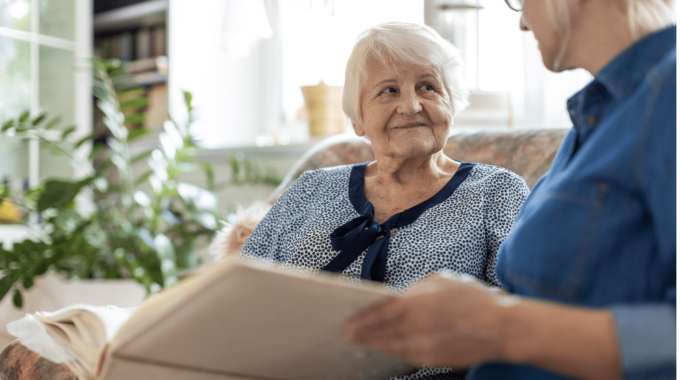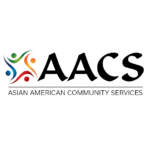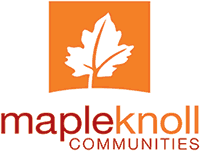South Asian community at high risk of heart disease
South Asian community at high risk of heart disease
Fast-growing population in Mason, Warren County may not be aware of gaps in preventative care
Brooks Sutherland
Cincinnati Enquirer USA TODAY NETWORK
Usha Kaushik was in good health and good spirits.
She exercised regularly. Maintained a healthy diet. Placed a strong emphasis on her own wellness and was thriving in her career.
But days before Thanksgiving in 2021, she began to feel chest pains. She went to the emergency room and was stunned to learn from her doctor that she had suffered two separate heart attacks. She was even more stunned when she learned what had caused them.
“I asked them what is the reason, after having done everything correct?” Kaushik recalled. “The doctor told me it could be genetic.”
Testing later confirmed that it was. Doctors determined Kaushik’s greatest risk factor wasn’t her lifestyle but rather something completely out of her control: her ancestry.
Kaushik, 61, is from Mumbai, India, a South Asian country that faces extremely high rates of heart disease. The South Asian region consists of countries such as India, Pakistan, Bangladesh, the Maldives, Nepal, Sri Lanka and Bhutan. And its descendants face four times the
“We make up 25% of the world’s population but we account for more than 60% of the world’s cardiac patients. The risk does not change when you move to the U.S.”
Dr. Santosh Menon
provides specialized care specific to the local South Asian community
risk of heart disease compared to the general population. While heart disease is the leading cause of death for all ethnic groups in the U.S., South Asians face the disease 10 years earlier on average. One study found that 44% of “normalweight” South Asians have one or more risk factor for heart disease compared to just 21% of white individuals at normal weight.
What causes high risk of heart disease in the South Asian community?
To determine if her genetics were in fact the biggest risk to her heart, Kaushik was given a test to measure the level of Lipoprotein A in her blood. The test found her levels were very high, which meant she was at great risk of heart disease and stroke.
Lipoproteins are genetic particles made of proteins and fats that carry cholesterol through the bloodstream to your cells, according to MedLine Plus. When an individual has high levels of Lipoprotein A, which is a low-density lipoprotein, cholesterol can build up in the arteries and form blockages.
Kaushik’s family had previously experienced such blockages.
“My mom had it when she was in her 50s,” Kaushik said. “My brother, a year before me, had it.”
Though Kaushik felt fine at the time, because of her age and risk, she was given an angiography. The X-ray showed she had a chronic total occlusion, or a complete blockage of one of her coronary arteries. The doctors at Christ Hospital said she would need a quadruple bypass surgery. She underwent a successful surgery and was discharged days later. But the severity of what had just happened weighed on her for a long time.
“Physically I was good, but mentally I was down,” she said about the months after her surgery. “It took a year to come out of because I was scared of everything. I lost a lot of weight, and anything I put in my mouth, I would think ‘That should not occur again.’ That’s the fear that you face.”
After struggling with day-to-day life in which she became totally reliant on her husband for tasks, she sought some help. She discovered Christ had a new clinic, led by Dr. Santosh Menon, that provided specialized care specific to the South Asian community. Menon said the clinic was in response to troubling statistics that show just how at risk his community is.
“We make up 25% of the world’s population but we account for more than 60% of the world’s cardiac patients,” Menon said. “The risk does not change when you move to the U.S.”
Working with Menon helped Kaushik get back to a comfortable pace of life. He challenged her to get over some of her post-surgery fears and tweak her diet to minimize risk.
South Asians typically consume a vegetarian-heavy diet. But that diet is often high in carbs and can be saturated with salts, oils and fats such as ghee, a clarified butter. Kaushik said her doctors have pushed her to modify her diet and how she prepares dishes, just slightly.
“We use a lot of oils in our Indian diet,” Kaushik said. “We use coconut oil, we use sesame oil. What they told me was ‘Your diet is perfect, it’s only the ghee, the oils.’ He (Dr. Menon) told me only use olive oil and minimize it.”
The changes were difficult for Kaushik at first. Altering a diet that had been a way of life for decades proved easier said than done. But knowing her risk and wanting to make sure she was healthy for years to come, she bit the bullet.
“I just thought to myself ‘I have to do this,’ ” she said. “There’s no other way to do it. If I don’t make these changes, I don’t know what the future will be, so better to make those changes.”
Spreading awareness
South Asians are one of the fastest growing ethnic group in America and the trend is consistent locally as well, specifically in Warren County. In Mason, the Asian population more than doubled from 2010 to 2020, according to U.S. Census data. Asian people make up 18.4% of the population in Mason compared to 2.5% in Cincinnati.
Menon saw a gap in preventative care specifically for South Asians in the region and decided to take action.
“Awareness is quite low,” he said. “And the nearest South Asian cardiovascular clinic is in Chicago.”
With a grant from the American College of Cardiology, he began meeting South Asian community members where they are at various venues to share information about health and then began taking appointments at the clinic at Christ Hospital. The specialized care is important to begin preventative work and to understand why rates are so high for a particular group, he said. That’s where his expertise comes in.
“I give them a list of what they ask their doctor,” he said. “If they don’t come see me, that’s fine, but I make sure to give them a list and show them what to get tested.”
In 2010, researchers at the University of California San Francisco and Northwestern University began a comprehensive study of more than 900 South Asians in Chicago and San Francisco, aiming to study why the ethnic group faces such high rates of heart disease. The ongoing study, Masala, which stands for Mediators of Atherosclerosis in South Asians Living in America, found that South Asians develop high blood pressure, high triglycerides, abnormal cholesterol and Type 2 diabetes at lower weights than other groups.
The researchers also found that specialized screening for diabetes must take place for South Asians because using a standard cutoff point of body mass index of 25 or greater would discount up to a third of the South Asian population who have diabetes.
“Many of them may never get to that BMI and they will have had diabetes for years,” Dr. Alka Kanaya, a MASALA investigator, told the New York Times. Menon said for years, doctors have treated South Asian patients as they would any other ethnic group and have missed signs of health issues.
“You can’t treat a South Asian patient like a Caucasian patient, like an African-American patient, it has to be tailored to them,” Menon said.
MASALA is the first longitudinal study of South Asians in the U.S. and will soon expand to cover second-generation South Asians. Kaushik’s recovery, though turbulent at times, has gone as well as she ever imagined. Today, she enjoys a continued healthy lifestyle with her husband and two children and has enjoyed gaining her independence back. Her lifestyle changes have kept her at ease and she’s comfortable doing all of the things she enjoys. She hopes her story can provide others with something crucial she didn’t have; awareness.
“People should know,” she said. “People don’t know about this. Right now in India, there are youngsters, when they exercise, they fall flat. We have to tell our kids.”















